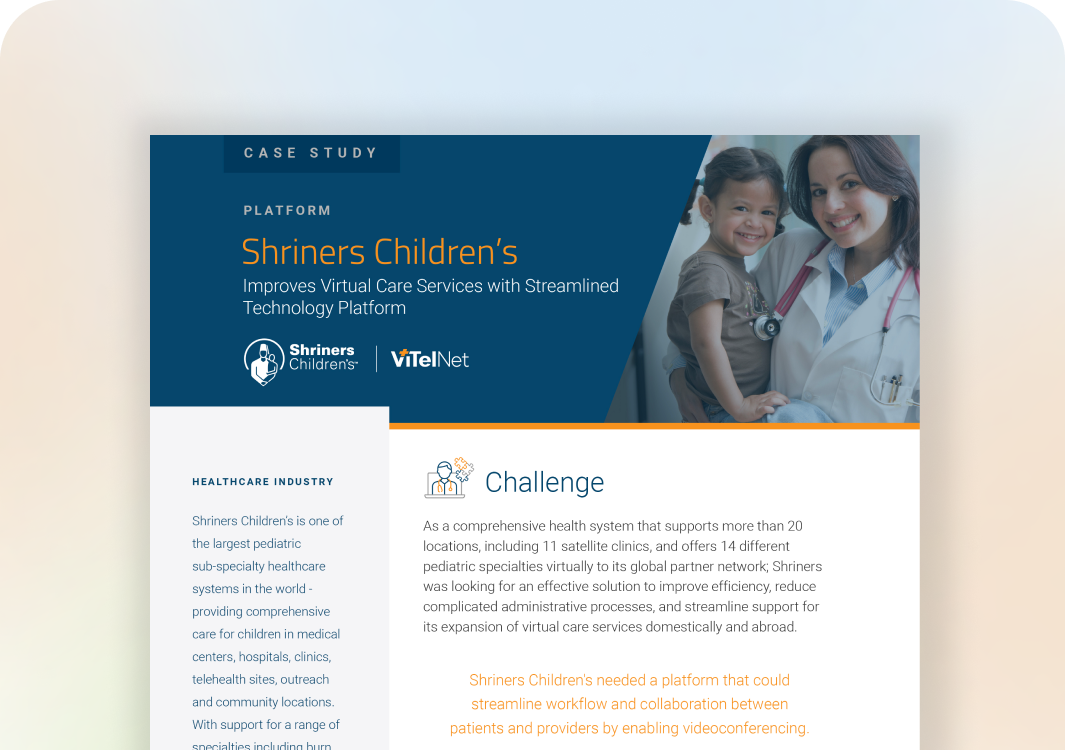Telehealth has passed the tipping point of market momentum. It is universally understood that telehealth is a necessary form of care delivery to address the supply-and-demand challenges that healthcare faces in the U.S., and to achieve the Triple Aim of improving quality of care, reducing healthcare costs, and enhancing population health. Unfortunately, many telehealth initiatives have suffered from a narrow service-line focus and lack of financial sustainability. In many cases, telehealth clinical services and settings are fragmented and data is siloed, with low-volume telehealth services such as those for specific locations or clinical specialties standing alone rather than being designed as part of a larger, integrated system. As these fragmented systems proliferate, they result in costly, redundant software infrastructure and endpoints that limit the potential to improve overall quality and access to care. These fragmented systems also make it difficult for payers (government agencies, private insurers, and employers) to gain access to the comprehensive member data needed for claims and utilization management systems, and add to the challenges of performance tracking, reimbursement, and incentives.
News & Insights
Latest News from ViTel Net
-
 Case Study
Case Study
Shriners Children’s
Case Study Shriners Children’s Improves Virtual Care Services with Streamlined Technology Platform Challenge As a comprehensive health system that supports more than 20 locations,…
-
 Playbook
Playbook
2024 Digital Harvest: Your Playbook for Planting Success in Virtual Care
Playbook 2024 Digital Harvest: Your Playbook for Planting Success For Specialty Consults Health systems today are operating in a landscape characterized by ongoing innovation…
-
 Product Sheet
Product Sheet
vCare Telehealth Carts
ViTel Net partners with DataCart™ by LUND to offer 2 ergonomic options for mobile point-ofcare telehealth terminals. Whether you choose the standard format for…


